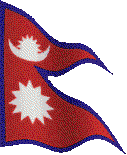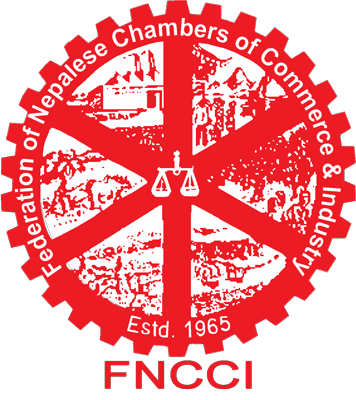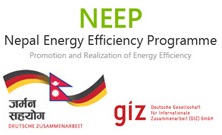
Sector highlights
Dairy production is an important a growing food industry in Nepal. According to Census of Manufacturing Establishments (2006/07) the number of units manufacturing Dairy products was 39 with employment of 2070 persons and a value of output of NPR 2.854 Billion with a added value of NPR 0.471 Billion. The production of milk and milk products over last five fiscal year 2010/11 was estimated at almost 1.6 Million tons (Economic survey of Fiscal Year 2010/11).
Presently, the Nepalese Dairy industries are producing standard milk as well as other milk products like yoghurt, ice-cream, cheese and butter. There are three major process steps for milk and milk products, namely chilling of raw milk for intermediate storage, heating of milk (Pasteurization or boiling) and, finally, cooling for storage and distribution. The industry use significant amount of electrical as well as thermal energy for operating the motors and drives as well as for compressors of chilling units (GIZ/NEEP, 2012).
Energy use
Main energy sources of the Dairy industries in Nepal are electricity, either from the grid or from the Diesel generators, and rice husk. Electrical energy is mainly consumed by motors, drives, compressors (both air and refrigeration), pumps and lighting. The major electricity consuming processes are cold storage, homogenization and chilling of water. Thermal energy is required for the operation of boilers that generate steam for the pasteurization of milk and other processes. Fuel used for the boiler operation is mainly rice husk and diesel.

Figure 1: Energy use in Nepalese Dairy industries (GIZ/NEEP, 2012)
References
- GIZ/NEEP, 2012: Baseline Study of Selected Sector Industries to assess the Potentials for more efficient use of energy.



